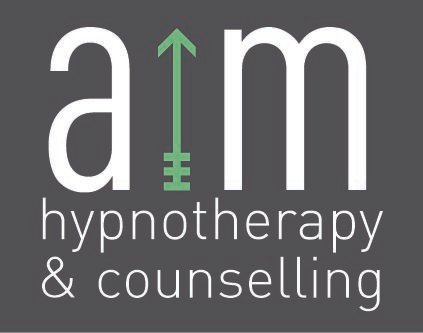Do we feel and then rationalize? Or do we think and then feel? Do we act before we feel or do our emotions lead us to feel? There are several theories of emotions that are worth pondering.
Here is an article that explains the three common theories. Below that is a fourth lesser known theory.
"Emotions exert an incredibly powerful force on human behavior. Strong emotions can cause you to take actions you might not normally perform, or avoid situations that you generally enjoy. Why exactly do we have emotions? What causes us to have these feelings? Researchers, philosophers, and psychologists have proposed a number of different theories to explain the how and why behind human emotions.
What Is Emotion?
In psychology, emotion is often defined as a complex state of feeling that results in physical and psychological changes that influence thought and behavior. Emotionality is associated with a range of psychological phenomena including temperament,
, mood and
. According to author David G. Meyers, human emotion involves "...physiological arousal, expressive behaviors, and conscious experience."
Theories of Emotion
The major theories of motivation can be grouped into three main categories: physiological, neurological, and cognitive. Physiological theories suggest that responses within the body are responsible for emotions. Neurological theories propose that activity within the brain leads to emotional responses. Finally, cognitive theories argue that thoughts and other mental activity play an essential role in the formation of emotions.
The James-Lange Theory of Emotion
The
is one of the best-known examples of a physiological theory of emotion. Independently proposed by psychologist
and physiologist Carl Lange, the James-Lange theory of emotion suggests that emotions occur as a result of physiological reactions to events.
According to this theory, you see an external stimulus that leads to a physiological reaction. Your emotional reaction is dependent upon how you interpret those physical reactions. For example, suppose you are walking in the woods and you see a grizzly bear. You begin to tremble and your heart begins to race. The James-Lange theory proposes that you will interpret your physical reactions and conclude that you are frightened ("I am trembling, therefore I am afraid").
The Cannon-Bard Theory of Emotion
Another well-know physiological theory is the
. This theory states that we feel emotions and experience physiological reactions such as sweating, trembling and muscle tension simultaneously. More specifically, it is suggested that emotions result when the thalamus sends a message to the brain in response to a stimulus, resulting in a physiological reaction.
Schachter-Singer Theory
Also known as the
, the Schachter-Singer Theory is an example of a cognitive theory of emotion. This theory suggests that the physiological arousal occurs first, and then the individual must identify the reason behind this arousal in order to experience and label it as an emotion.
The fourth theory of emotion is known as the
Opponent-Process Theory
of emotion developed by two psychologists called Richard Solomon and John Corbit. This theory is a completely different type of theory and explains our experience of emotions in relation to its opposites. Richard Solomon and John Corbit suggest that the experience of an emotion disrupts the body's state of balance and that our basic emotions typically have their opposing counterparts (Solomon & Corbit, 1974). For example, the opposite of pleasure is pain, the opposite of fear is relief, the opposite of depression is elation, etc. When we experience one emotion, it suppresses the opposite emotion. Once the initial emotion subsides, we naturally experience the opposing emotion to balance out the two. For example, we might feel a high level of fear before bungee jumping off the ledge. After the jump, we feel a high level of relief, the opposite emotion of fear. This theory is also commonly used to explain drug addiction. The pleasure associated with taking an addictive drug makes us feel the painful withdrawal effect of the drug afterwards. To escape this painful withdrawal effect, the addict takes more of the drug right away. But because we are trying to experience pleasure from a state of experiencing pain (and not a normal state) we need more of the drug than before. This is considered to be what creates the addictive cycle of drugs.
Articles from: http://psychology.about.com/od/psychologytopics/a/theories-of-emotion.htm
and http://webspace.ship.edu/tosato/emotion.htm
References:
Myers, D. G. (2004) Theories of Emotion. Psychology: Seventh Edition, New York, NY: Worth Publishers.
James, W. (1884). What is an Emotion? Mind, 9: 188–205.
Solomon, R.L. & Corbit, J.D. (1974). An opponent-process theory of motivation: I. Temporal dynamics of affect.
Psychological Review, 81
, 119-145.

